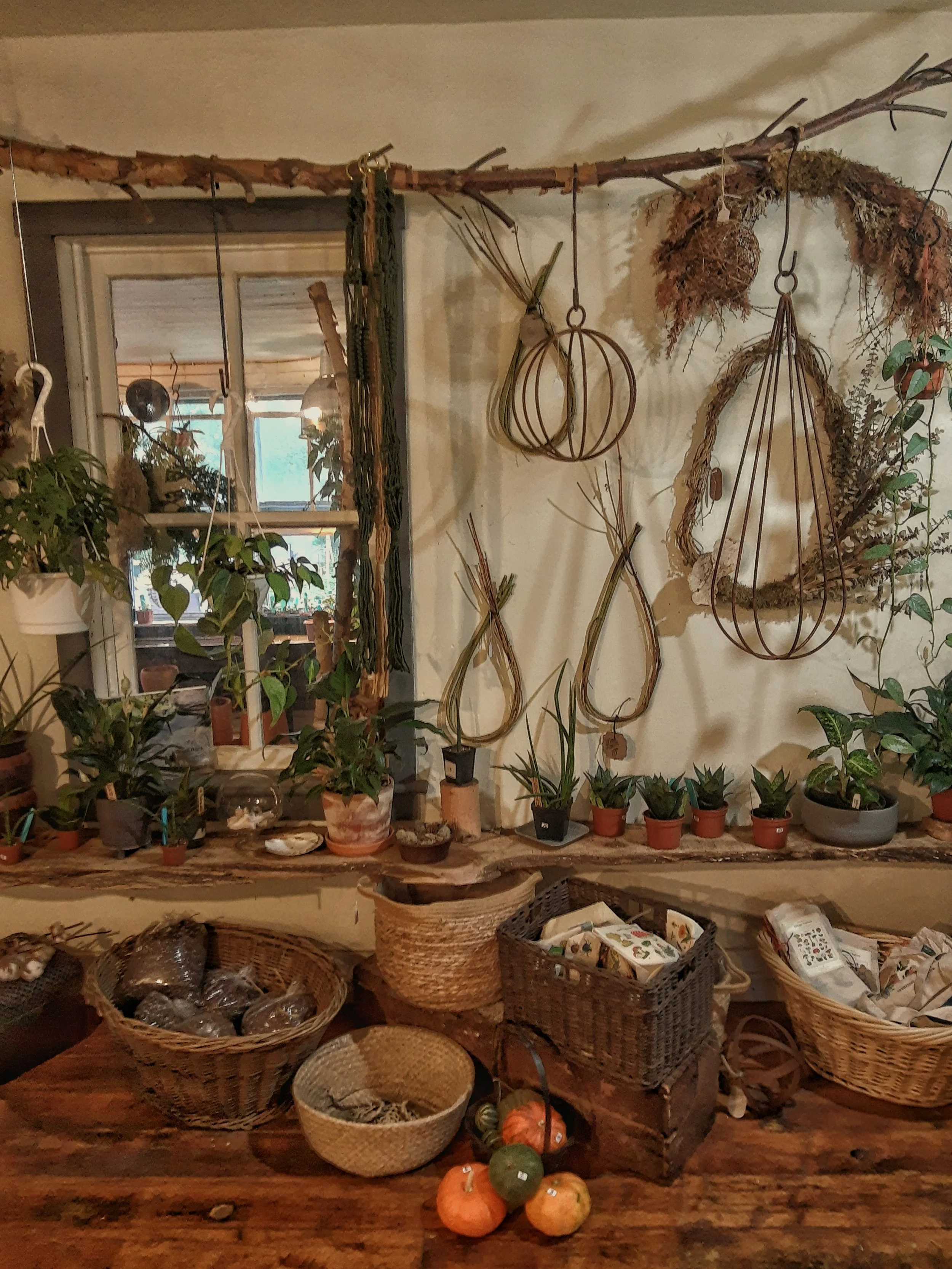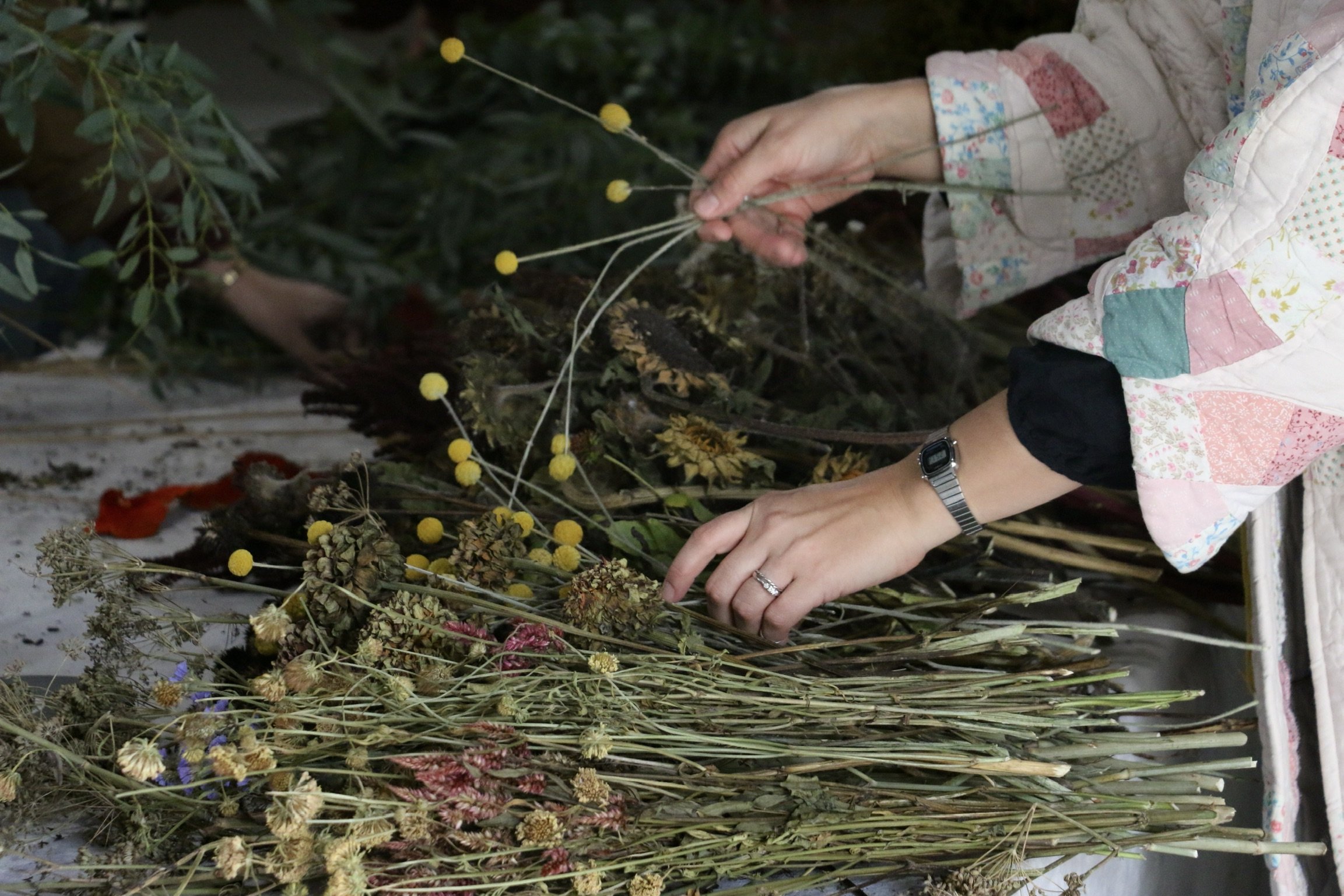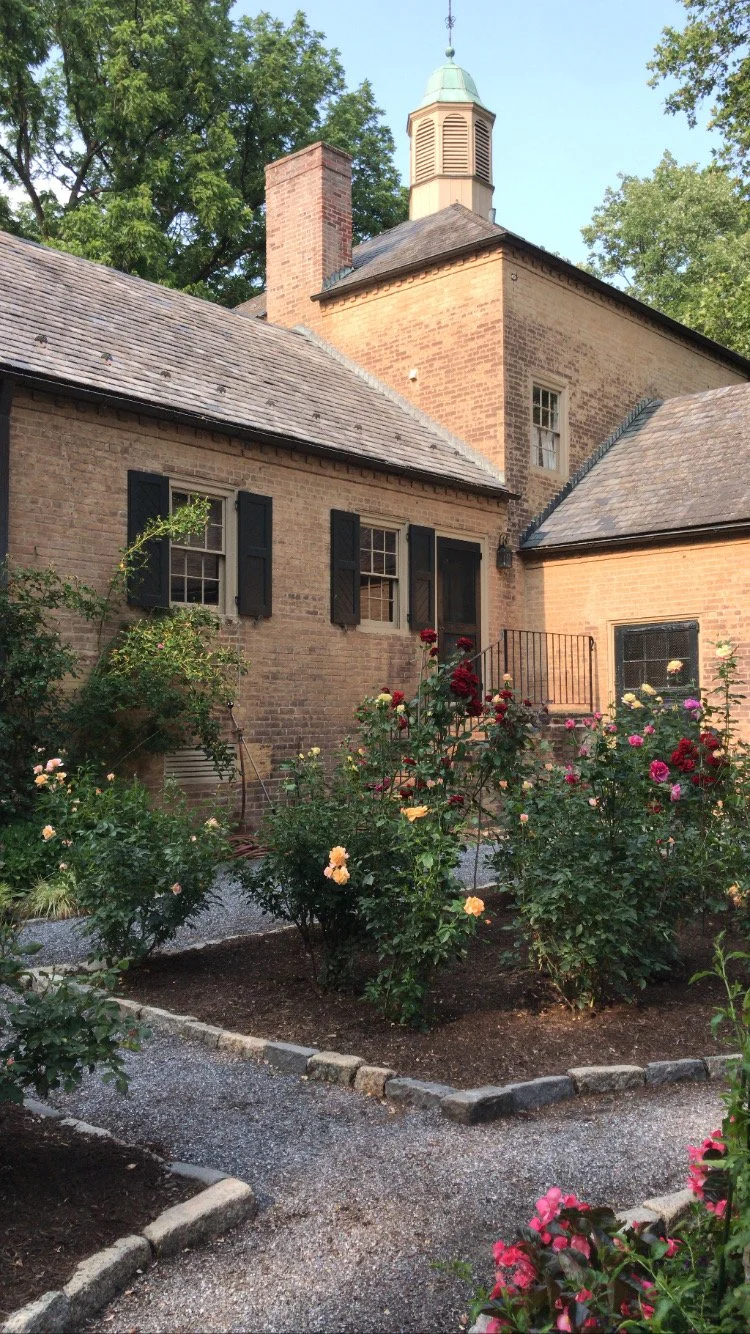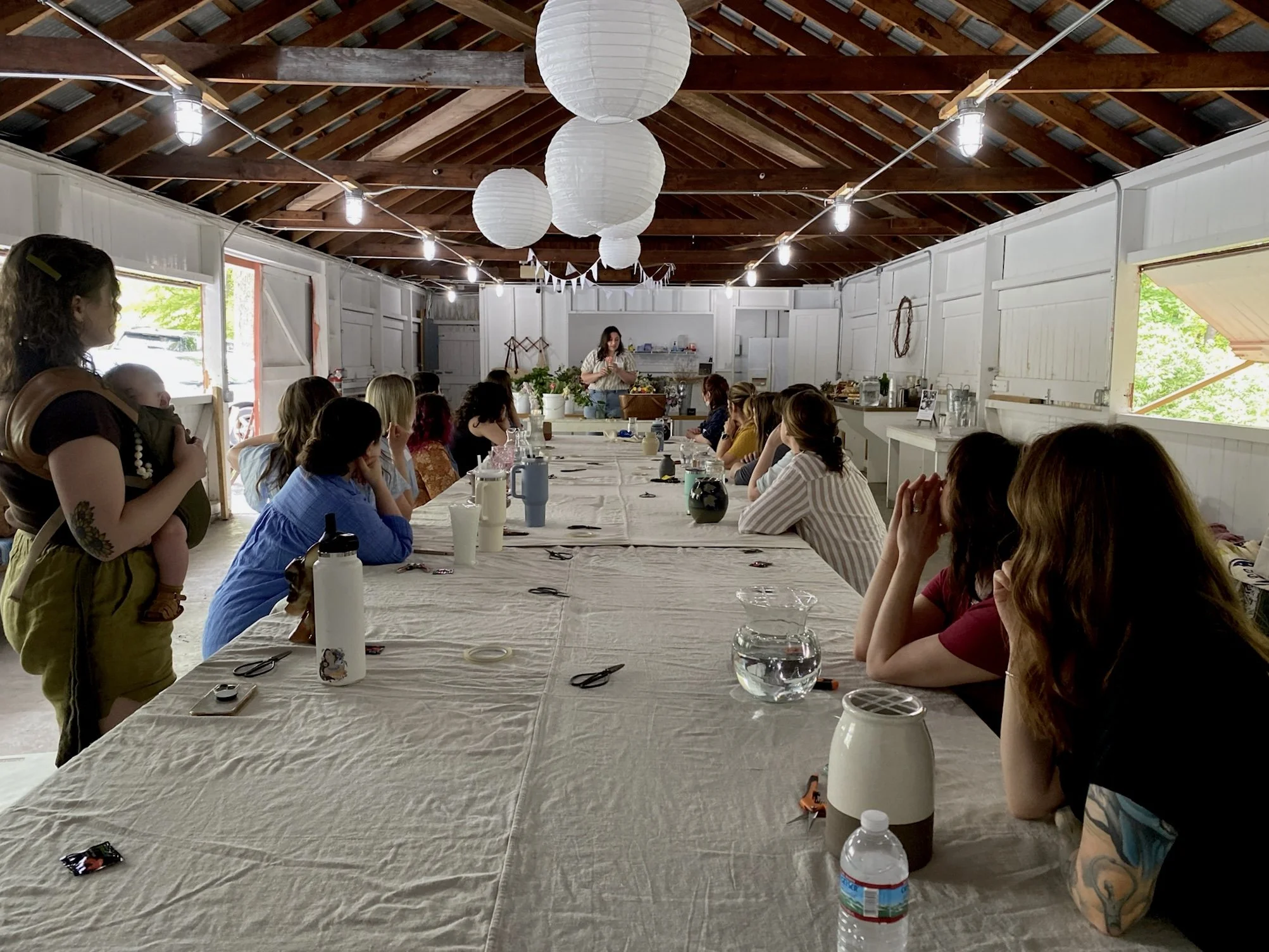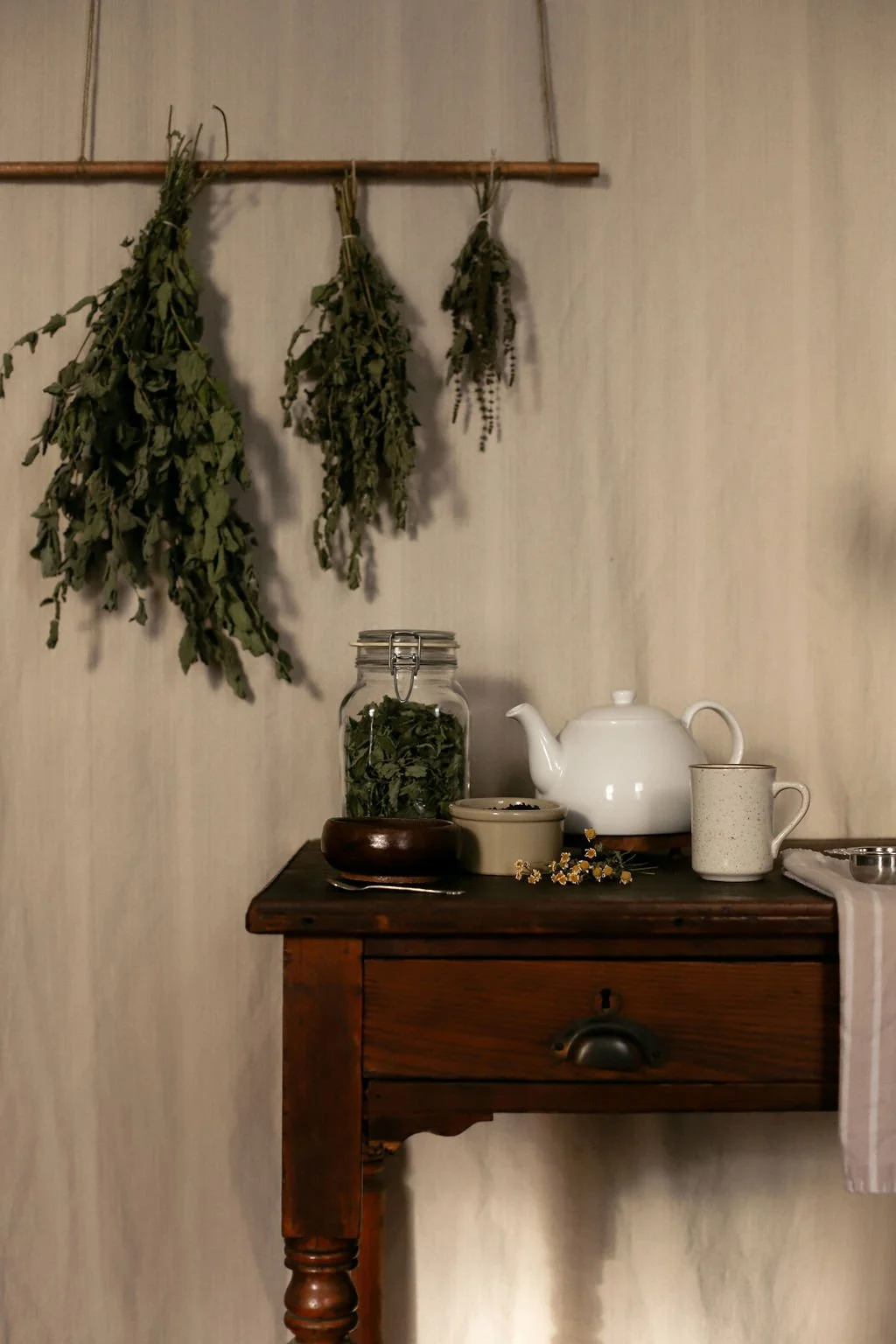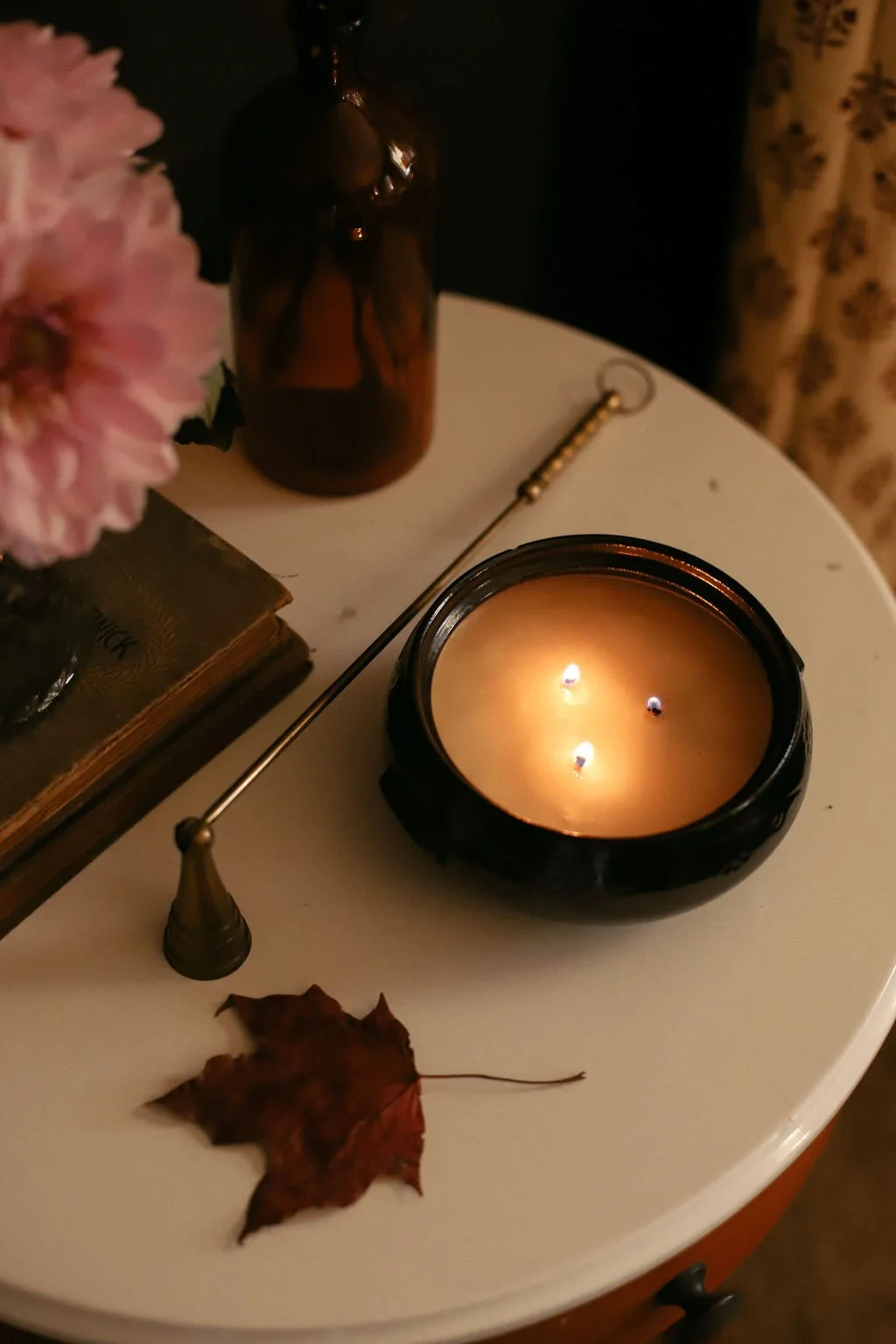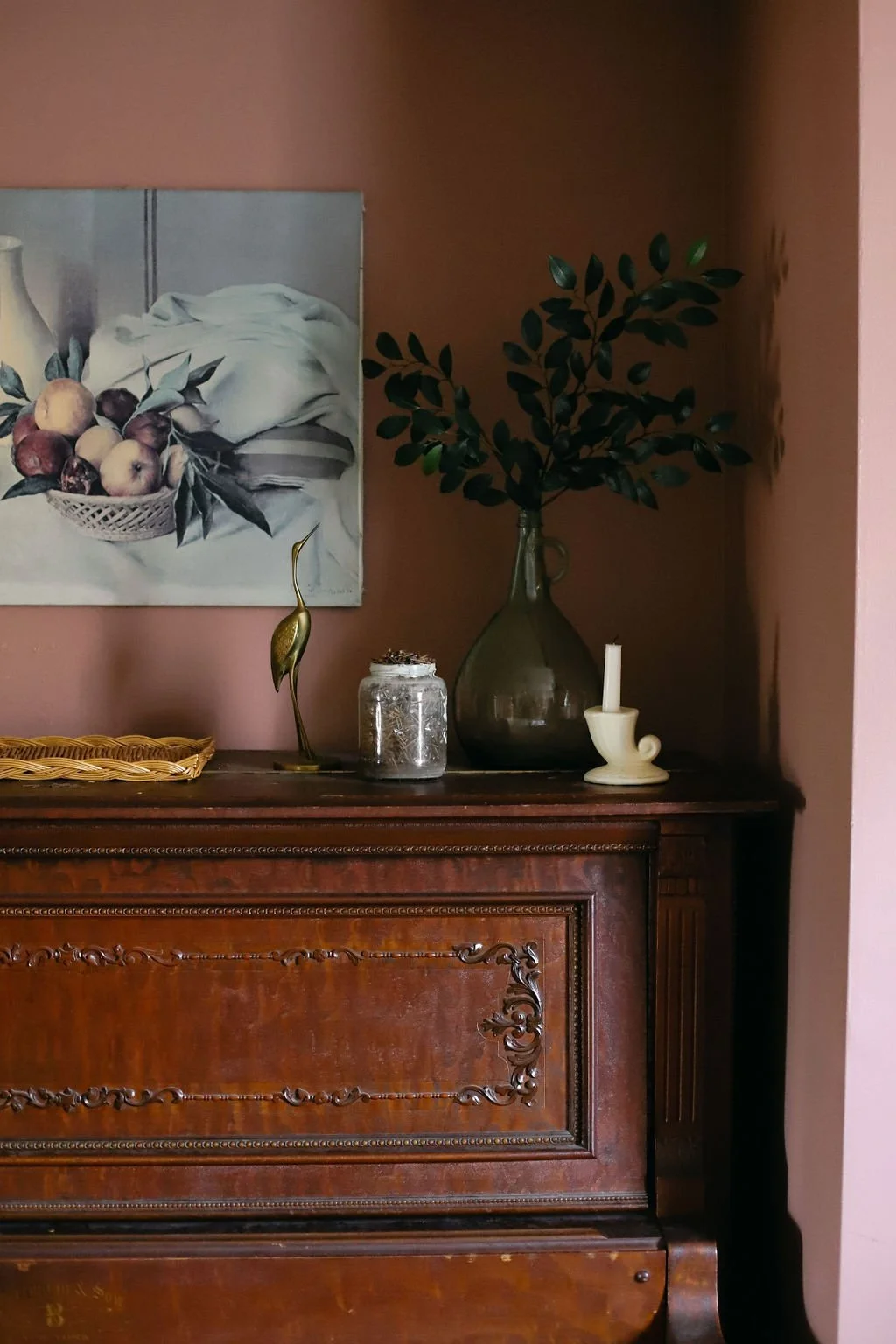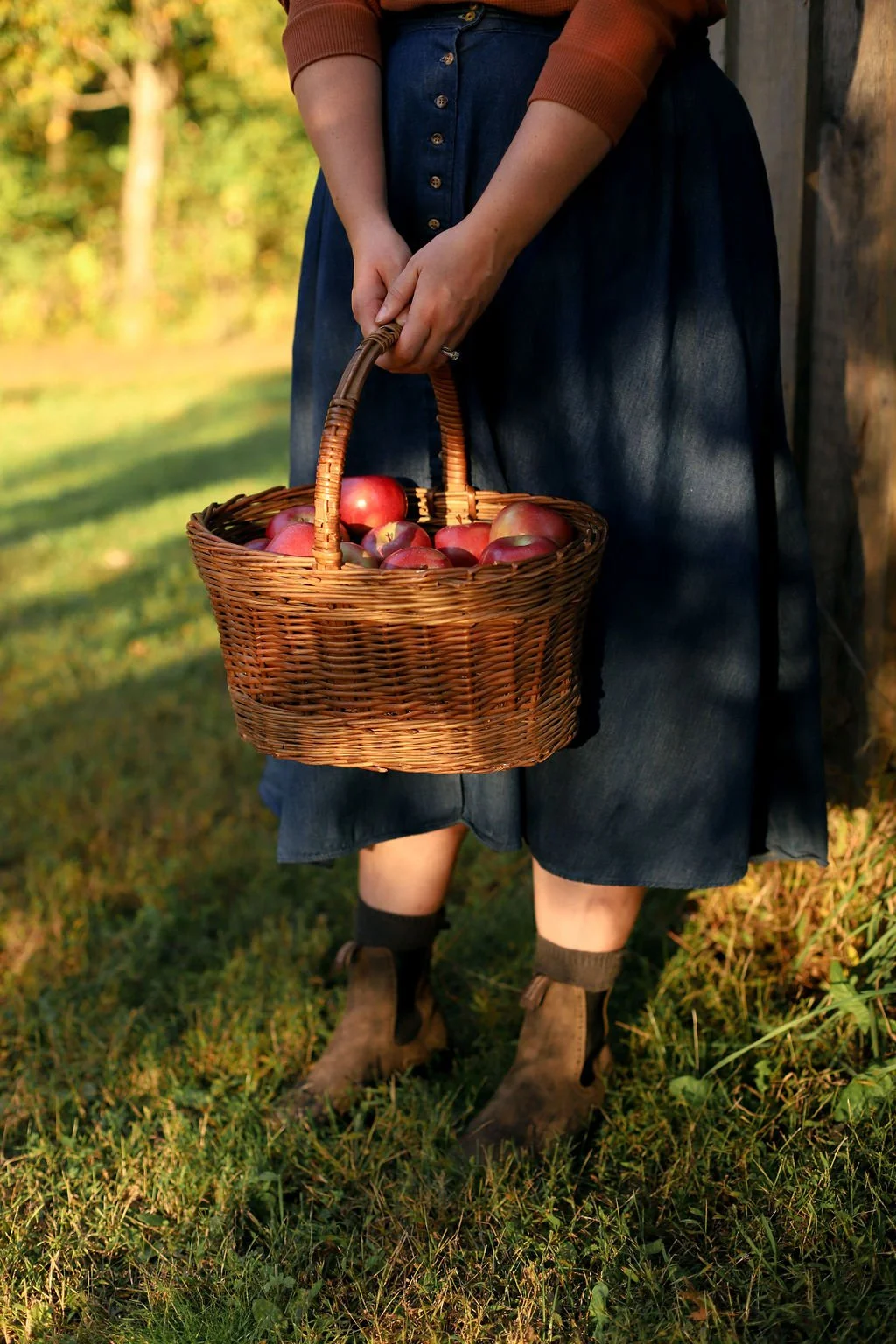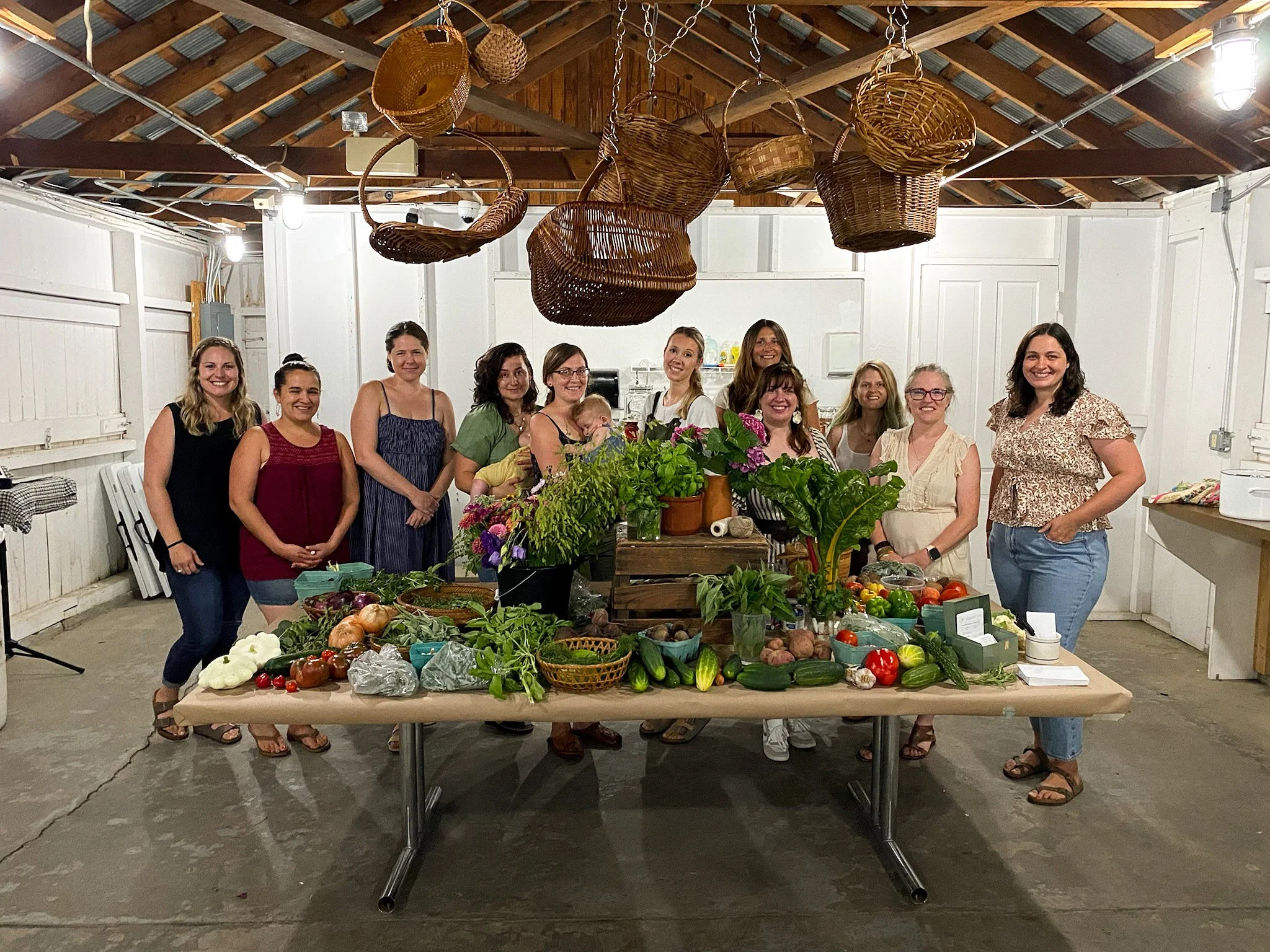How to Plant & Care for a Kitchen Herb Garden
Perhaps my favorite example of functional decor is a beautiful kitchen herb garden. In general, I absolutely love the life that plants and greenery can add to interior spaces. A faux potted herb would make the perfect kitchen accessory for open shelving or a dark corner, no green thumb required. But having fresh herbs on hand for your cooking? Nothing beats it. For those of you who enjoy tending to plants and have an sunny windowsill in your kitchen, I’ve written this post to share what I’ve learned about growing herbs indoors.
Upland Project Kitchen | Image by Abigail Rose Photography
Choosing the right location & container
The best location for growing herbs indoors is a windowsill that gets 4-6 hours of direct sunlight per day. If you don’t have a place in your home that gets enough sunlight for herbs to thrive, you can supplement with a grow light like this one. When choosing a container, you want to consider the mature size of the herb you want to grow to make sure it has ample space to grow. For the most part, you need a pot at least 6” in diameter to grow a single herb, but this will vary from plant to plant. There are some varieties, like creeping thyme can grow in smaller containers, but other herbs like rosemary are best in a pot that 12” in diameter or more. I encourage you to read up on the varieties you’d like to grow before you shop for your container and herbs!
Choosing the best companion plants
If you’re planting all together in one large pot, it’s important to know what grows well together and what doesn’t based on their specific water, sunlight and soil needs. For example, sage and rosemary make good companion plants because they are both Mediterranean herbs that prefer poorer quality, well-draining soil. They are used to growing in rocky landscapes and prefer to dry out a little between waterings. It’s good to know the ideal growing conditions for each plant so you can help them to thrive!
Herbs that like poorer, drier soil:
Sage
Thyme*
Marjoram
Oregano*
Rosemary*
Lavender
Herbs that like moister, richer soil:
Tarragon
Cilantro
Basil
Parsley*
Chives*
Dill
*= generally easier to grow indoors
Choosing your potting soil
Consider the plant’s needs when choosing your soil. You should use a potting soil specifically made for indoor plants. When I potted these containers for a client, I used two different soil mixes. First I added some small rocks to the bottom of both containers to help with drainage. For the herbs that like poorer, drier soil, I used a 1:1 mix of regular indoor potting soil and a potting soil formulated for cacti and succulents, which has other additives like sand and perlite for faster drainage. For the herbs that like moister, richer soil, I just used the regular indoor potting soil.
Taking care of your herb garden
How often and much you should water your herbs depends on many things, like the type of herbs you planted, the size of the container and the light and humidity conditions within your home. The best way to check if your herbs need water is to put your finger 1” into the soil. If the soil feels damp and the plants look “happy”, let it go. If your soil looks dry and the plants are starting to wilt, that’s a sign they need water. Be careful not to overwater your herbsEach type of plant will have different “signs” that they are under stress and there’s often some trial and error involved in learning what your plants like. A good starting point is to water your herbs twice a week and observe and adjust from there.
To keep your herbs healthy and strong, you want to harvest them frequently. Cutting back herbs encourages new growth and a sturdier plant. When harvesting or pruning, a good rule of thumb is to only snip 1/3 of the plant. You want to leave at least 2-3” inches of stem to allow for regrowth.
Using your Herbs
Fresh herbs make any recipe so much more delicious! You can also dry some of your herbs to use later. Here are some of my favorite ways to use fresh and dried herbs, both for cooking and around our home!
Add to fresh mint to smoothies
Dry sage, rosemary or lavender and make your own smudge sticks
Add parsley, chives and dill to an omelette, quiche or frittata
Top a curry or stir-fry with fresh cilantro leaves
Use fresh basil to make a pesto
Make compound butter with any mix of fresh and dried herbs
Add woody stem herbs like rosemary and sage to floral arrangements
I hope this post inspired you to give growing your own herbs indoors a try! If you have any tips for growing a kitchen herb garden, would you please share them in the comments below? I also invite you to connect with me and join the conversation on Instagram.











